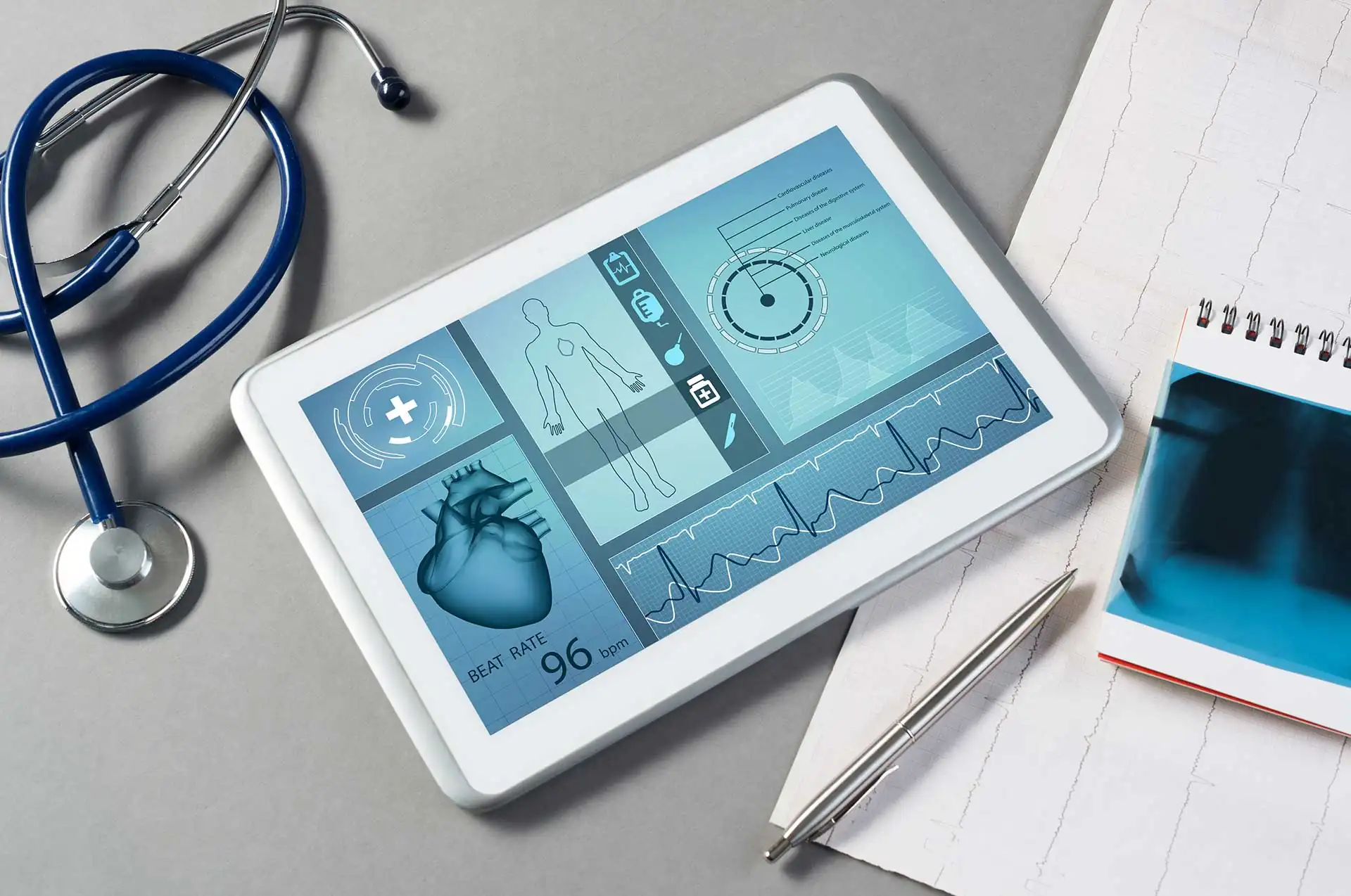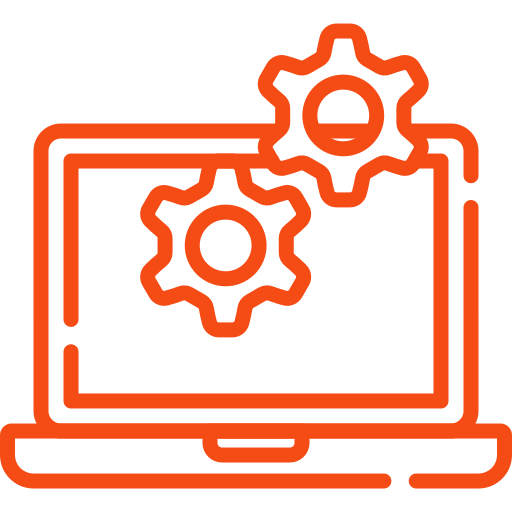Within the swift world of healthcare, orthodontic clinics are increasingly enhancing patient engagement with scheduling tools to improve patient care and office efficiency. These modern systems streamline the process of making and managing appointments, thereby enhancing patient communication and adherence to treatment plans. By implementing automatic reminders and personalized follow-ups, orthodontists significantly reduce the number of missed appointments and encourage active patient involvement in their care. However, the advantages of these tools extend beyond mere convenience and productivity. One might ponder how much these technological advancements contribute to increased patient satisfaction and overall success in orthodontic treatments.
Key Takeaways
- Scheduling tools streamline appointment management, reducing administrative errors and enhancing practice efficiency.
- Automated reminders decrease no-show rates by ensuring patients remember their appointments.
- Personalized messaging capabilities of scheduling tools improve the relevance and timeliness of communications to patients.
- Regular updates and health tips via scheduling tools foster a community feeling and increase patient belonging.
- Enhanced communication through scheduling tools leads to higher patient satisfaction and adherence to treatment plans.
Understanding Patient Engagement
Patient engagement, a pivotal concept in healthcare, refers to the degree to which patients are involved in and enthusiastic about their own care. In orthodontic practices, fostering this engagement is essential. It encompasses educating patients about treatments, involving them in decision-making processes, and maintaining open communication. Enhanced engagement leads to better treatment adherence and outcomes, fostering a sense of community and belonging among patients.
Benefits of Scheduling Tools
Enhancing patient engagement with scheduling tools in orthodontic practices can considerably streamline the management of patient appointments and treatments. These tools facilitate improved communication, enabling orthodontists to send timely updates and health tips. Patients feel valued and part of a caring community, fostering a sense of connection and responsiveness. This improved interaction boosts satisfaction and adherence to treatment plans, enhancing overall treatment outcomes.

Streamlining Appointments and Reminders
Orthodontic practices’ use of scheduling tools greatly refines the process of managing appointments and sending reminders. By automating these aspects, practices guarantee seamless operations and reduce no-shows. Patients receive timely notifications and feel more integrated into their care regimen. This automation fosters a sense of community and belonging, as patients appreciate the consistent communication and personalized attention that enhance their engagement with the orthodontic practice.
Enhancing Communication Strategies
Effective communication strategies are pivotal in optimizing patient engagement within orthodontic practices. Leveraging scheduling tools enables tailored messaging and timely interactions, fostering a sense of community and belonging among patients. These tools facilitate clear, consistent communication, ensuring patients feel valued and informed. This approach not only enhances the patient experience but also streamlines practice operations, making communication both effective and efficient.
Measuring Engagement Success
To accurately assess the impact of scheduling tools on patient engagement within orthodontic practices, it is essential to implement robust metrics and analytics. By tracking appointment adherence rates, patient satisfaction scores, and frequency of communication, practices can gauge enhancements in patient engagement effectively. This data-driven approach fosters a sense of community and belonging, aligning with patients’ desires for attentive and personalized care.
Frequently Asked Questions
How Do Scheduling Tools Integrate With Existing Practice Management Software?
Scheduling tools typically integrate seamlessly with existing practice management software through APIs, enabling synchronized data flow, real-time updates, and efficient management of appointments, thereby enhancing operational efficiency and user experience within orthodontic practices.
What Security Features Do Scheduling Tools Offer for Patient Data?
Scheduling tools for orthodontic practices typically offer robust security features, including data encryption, secure user authentication, and compliance with HIPAA regulations to protect patient information and guarantee confidentiality during the scheduling process.
Can Scheduling Tools Provide Multilingual Support for Diverse Patient Bases?
Yes, many advanced scheduling tools offer multilingual support to cater to diverse patient populations, improving accessibility and engagement by allowing patients to interact in their preferred language, and enhancing overall communication and satisfaction.
Are There Mobile Applications Available for These Scheduling Tools?
Yes, many modern scheduling tools for orthodontic practices offer mobile applications. These apps provide patients with convenient access to appointment scheduling, reminders, and updates directly from their smartphones, enhancing engagement and communication.
How Do Scheduling Tools Handle Emergency Appointment Requests?
Scheduling tools in orthodontic practices efficiently accommodate emergency appointment requests by prioritizing urgency, dynamically adjusting existing schedules, and notifying practitioners immediately to guarantee timely and effective patient care.
Conclusion
To sum up, the implementation of scheduling tools in orthodontic practices greatly enhances patient engagement. By automating appointment scheduling and reminders, these tools streamline administrative processes and improve communication strategies. This not only increases patient satisfaction by keeping them well-informed and connected to their treatment plans but also boosts adherence to orthodontic regimes. Ultimately, the deployment of such technologies leads to better patient outcomes and fosters a more engaged and committed patient community.
You May Also Like To Read:






